I am in a situation where I need to generate a very large (~10^16 elements) random matrix with a certain random sparsity pattern. Obviously storing all of these elements is completely infeasible. Only a few of the elements are needed at any given time, so they can be drawn on-demand - however, once an element is stored, it may be needed later, and it's important that the same value is used. i.e, elements cannot be thrown out and randomly redrawn - once a random element is drawn, it needs to be saved.
Based on the problem itself, there are potentially some clever ways to handle this that I won't get into. However, a colleague says that it should be possible to deterministically generate these random numbers as needed by using a pseudorandom number generator with seed given by the index in the matrix, i.e. use i + N*j for element (i, j) of the matrix where the matrix is size N*N. This would not be calling the rand() function, but using the underlying pseudorandom function with specific arguments to deterministically generate previously drawn random values. Then no numbers would need to be saved, and they could be deterministically redrawn on demand.
My understanding of PRG's was that for a sequence of numbers appear random, you must fix the seed. Does the above approach make sense? It seems to me to be like repeatedly re-seeding the PRG and just taking the first element.


